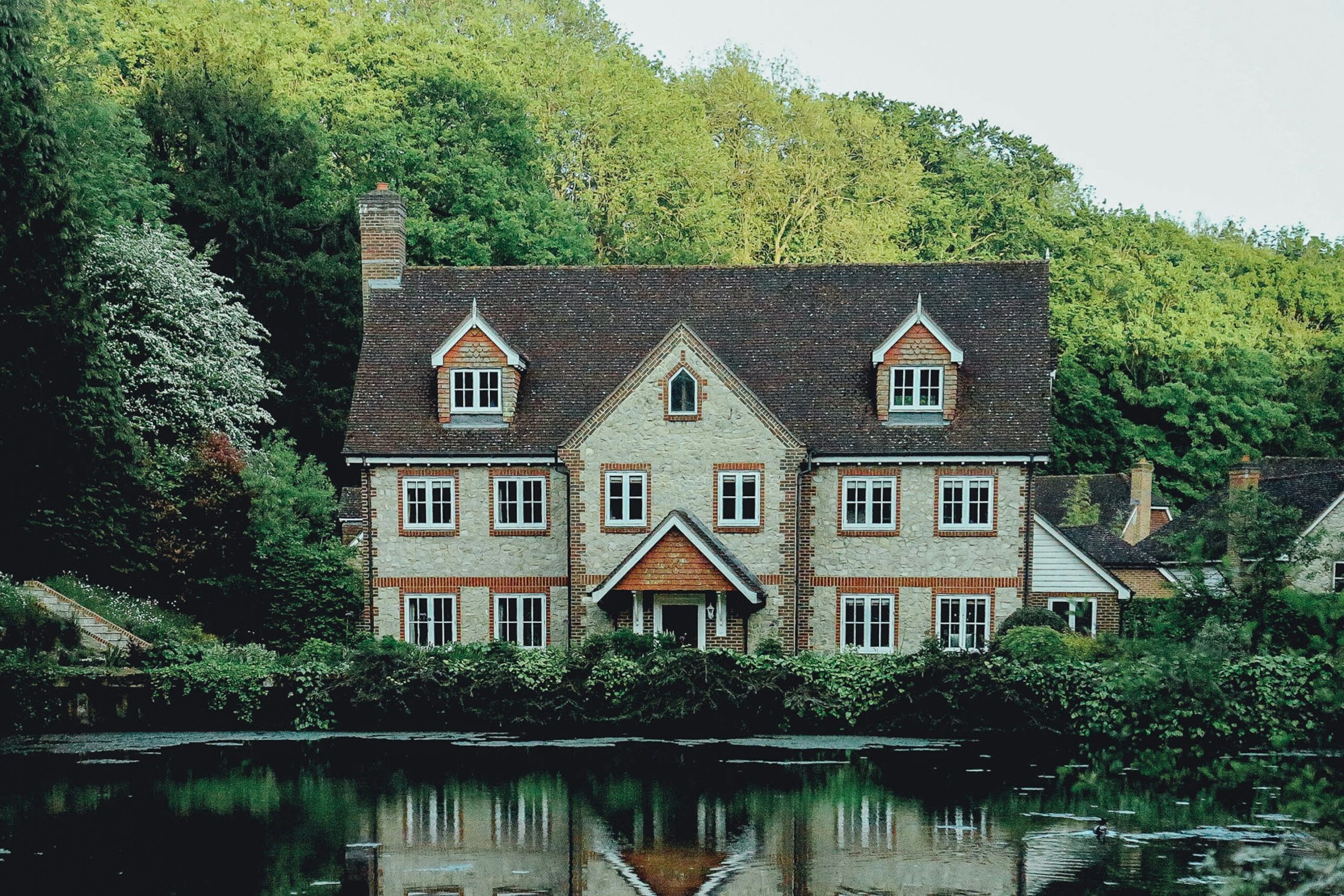For experienced professionals or interior design enthusiasts starting their first home renovation project, there is nothing more exciting than transforming living spaces into personal expressions of style and taste.
Transforming kitchens, bathrooms, or living areas that are entirely unique to the individuals using them has become an art form that has only matured over the years. However, while there are thousands of combinations of colors, furniture, and other aesthetic features that can be used when building or modifying home interiors, most modern design approaches are broken down into one of two categories – minimalism or maximalism.
Each of these methodologies appeals to individuals in varying ways, and many different integration approaches can be taken for each that allow for a wide spectrum of design possibilities.
What is Minimalism?
Minimalist design approaches focus on achieving a certain aesthetic goal while reducing all unnecessary components, leaving only the essentials. Many cultures are routed in minimalism, turning it into more of a lifestyle that celebrates simplicity but intentionality in everything they do.
From a design perspective, minimalism is often represented by achieving very clean lines in open spaces. This is achieved by significantly reducing visible clutter in the area, using a very neutral color palette, and making sure that every piece of furniture, appliance, or other design element has a very specific purpose.
Some of the primary characteristics of minimalist design include:
- Open Floor Plans – Wider, more open spaces help to create a more inviting atmosphere. When you remove unnecessary walls or change furniture layouts, it helps create more seamless transitions between living spaces.
- Unique Statement Pieces – Even though minimalist designs focus on having fewer elements, they also create opportunities to create unique statement pieces that stand out. These could be various pieces of artwork, accent walls, certain types of future, or other visually impactful design inclusions.
- Hidden Storage Areas – An important component of creating a minimalist design is to have adequate hidden storage areas. This allows individuals to keep necessary items in their homes without distracting from the look and feel of their space. Some hidden storage ideas include built-in wardrobes, furniture with compartments for storing pillows or other accessories, and closeable storage shelves.
Applying “Less is More” Principles in Design
Most people have heard the term “less is more,” and it applies to many different areas of life. Less is more is the guiding principle of minimalist design and is what helps individuals avoid overfilling their spaces with unnecessary elements.
However, there are a variety of ways that minimalism can be incorporated into modern interior design. Below are a couple of examples of different ways to incorporate minimalism into your design space:
Minimalist Design Variations
Warm Minimalism
As the name suggests, warm minimalism involves primarily choosing warmer color accents and patterns when designing spaces. This also includes incorporating more natural textures in furniture and aesthetic pieces such as wood patterns with visible grain.
Warm minimalist designs also involve strategically placing plants and other natural elements throughout a space. This helps bring the associated peace and calm found in outdoor settings inside a home while still maintaining a clean and organized look and feel. To enhance this serene atmosphere, incorporating big oversized wall art for home can create a striking focal point without overwhelming the room’s simplicity. Choosing artwork with earthy tones or abstract designs complements the natural textures and adds depth to the overall aesthetic.
Japandi
Japandi has become a popular form of minimalist expression for designers that blends the modernness of Scandinavian living with Japanese aesthetics. The primary goal of this approach is to keep spaces highly functional while still incorporating the natural elements highlighted in all areas of Japanese culture.
Examples of how this design approach is incorporated are through the use of lighter wood or bamboo in both furniture and surrounding features. Japanese interiors also prioritize elements like natural light and handcrafted objects that add a sense of style and character to different rooms.
What is Maximalism?
While it may be less known, there is another industry concept closer associated with “more is more” design principles – maximalism.
As you would think, maximalism contrasts minimalism in nearly every way, with a focus on creating bold expressions, using vibrant colors and design choices, and combining a variety of patterns, textures, and spatial layouts. Maximalism allows for a much more untethered approach to self-expression and has fewer “rules” in place for incorporating the concept into modern homes.
Some of the key characteristics of maximalist design include:
- Layered Design Choices – Maximalism uses layering to help add depth and character to living spaces. This involves combining different textures and patterns to create much more impactful statements that are highly engaging. These types of design choices are created to create multiple points of focus throughout a space and provide more unique experiences each time going through the area.
- Bold Colors and Patterns – There are no wrong color choices when applying a maximalist approach to interior design. Combining bold colors like ruby reds, dark greens, deep blues, or even black is fair game to create a completely unique statement while bringing more energy into a room.
- Curated Collections – Maximalist interiors are a great way to show off curated collections of different pieces of artwork or other unique elements. Many times, homeowners may want a customized living space to showcase the souvenirs they’ve collected over the years or family heirlooms. To achieve this, designers will often incorporate large open shelves or mantels where these items can be prominently displayed.
Applying “More is More” Principles in Design
When applying a maximalism design approach, there are very few limitations to how an interior is decorated. Because of this, there are a variety of ways maximalism principles can be applied throughout the design process.
Below are a couple of examples of these variation types:
Maximalist Design Variations
Grandmillennial
A grandmillennial style applies a more modern take on traditional design concepts. For example, this can include using a combination of floral design fabrics with antique furniture pieces, helping to put a modern flare on multi-generational pieces.
Homes that incorporate grandmillennial design choices also use more vintage accessories like porcelain figurines or framed prints of flowers and plants. In most cases, the use of a pastel color palette is preferred, as it helps to add more comfort and nostalgia to living spaces.
Eclectic Maximalism
Eclectic maximalism brings together a number of different cultures and design styles. It uses bold colors and textures commonly found in different homes around the world and puts them together in one uniquely designed space.
For example, an eclectic maximalist room might have a Moroccan rug alongside a Chinese porcelain vase or use older Indian textile flooring. This style is all about creating a cohesive look and feel while having a mix of design influences coming together.
Finding Your Individual Style
The great thing about interior design is that there really is no right or wrong approach to take. It all depends on your own personal tastes and how the space will be used.
Before deciding on whether or not a minimalist or maximalist design approach is right for you, take time to consider what you’re trying to achieve with your design project. If the space is intended for your use, take the time to browse through design magazines or social media platforms and see what speaks to you personally.
Interior designers looking to create something special for their clients will need to consider the various lifestyles their clients have – whether they have children, pets, work at home, or enjoy travel. All of these factors help to inform the type of design choices you make and help to create living spaces that are both unique and highly functional.
Author Information
Rebecca Denis, Head of Design at Revive Real Estate, is an accomplished and highly creative interior designer with over ten years of experience in the industry. With a passion for transforming spaces and a keen eye for detail, she has successfully completed numerous projects ranging from commercial spaces to custom show homes.


